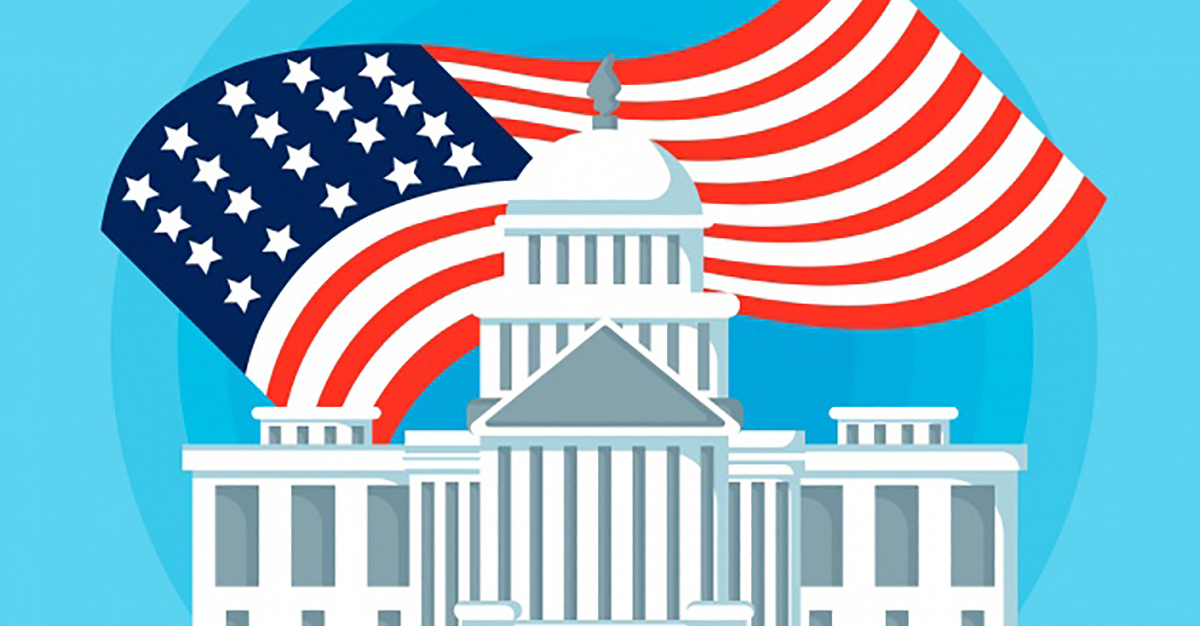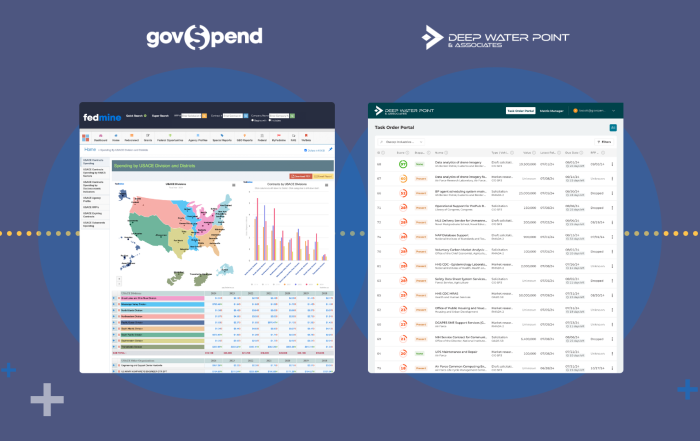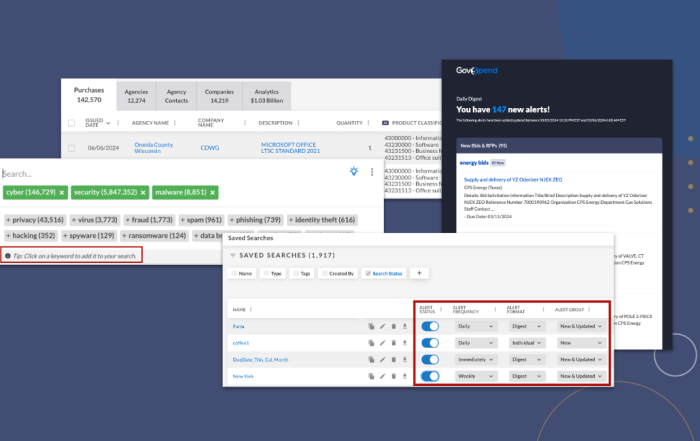
While most of us consider the fiscal year and the calendar year to be one-and-the-same (beginning in January, ending in December, just like we all learned in kindergarten), government entities operate on a completely different schedule. If you’re involved in selling to the government and aiming for success in government fiscal year sales—it’s crucial that you understand how this calendar functions.
Once you understand your target’s fiscal year, you can tailor your sales strategy to match… which means you can swoop in with the right product or service, at the right time.
If you don’t know where to start—don’t stress! We’re here to break it down, so you can become the sales hero you’ve always wanted to be.
Federal vs. State
First, you should know which branch you’re dealing with. While the federal government always begins its year in October and ends the following September, the local level varies. According to the law, states have the right to define their own fiscal year—and, in true American fashion, they haven’t taken these liberties for granted. So, let’s get down to brass tacks.
Forty-six of the fifty states keep it simple and unilaterally end on the 30th of June. Four states, however, run on their own schedule:
- Alabama: September 30
- Michigan: September 30
- New York: March 31
- Texas: August 31
Whether you do business on the federal level, with all 50 states or just your local government offices and schools, knowing these dates is essential. That’s because winning the bid isn’t only about the right price, but it’s also about timing.
When does the government buy?
When you synchronize your sales cycle with your target agencies’ purchasing cycle, you give yourself an edge over the competition.
For example, at the very start of their fiscal year, agencies spend their time planning their budget for the upcoming months. That doesn’t mean the government avoids making purchases altogether (you should still keep an eye out for open bids or contracts), but with budget due-dates looming, planning is the priority.
During the first three months of your target fiscal year, you should be engaging your agency contacts and doing market research, so you can ensure that you fit into their spending plans.
How about the rest of the year?
Well, searching GovSpend’s historical spending database, you’ll find that $106.73 million were spent across 21,393 federal, local, and state government agencies in the fiscal year of 2019.
That’s a pretty big pie that you could be getting a piece of!
According to a study done by Harvard, 16% of government dollars are spent in the last month of the fiscal year—a whopping 8% of that is spent in the last week. Why? Studies show that the “use it or lose it” mentality leads to a huge spike in agency buying activity. So, whether your agencies end their fiscal years in March, June, December or August, you will find your biggest opportunities towards the end of the line.
In 2020, you could be working to cut yourself a tremendous slice of government business. This is your chance to be proactive—do your research, stack your pipeline, learn about government fiscal year sales and get ready to make this fiscal year YOURS.
Need help? With GovSpend, you’ll have access to hundreds-of-thousands of agency contacts, price checking, and a one-of-a-kind eQuoting platform (where you can start bidding for government business today).




